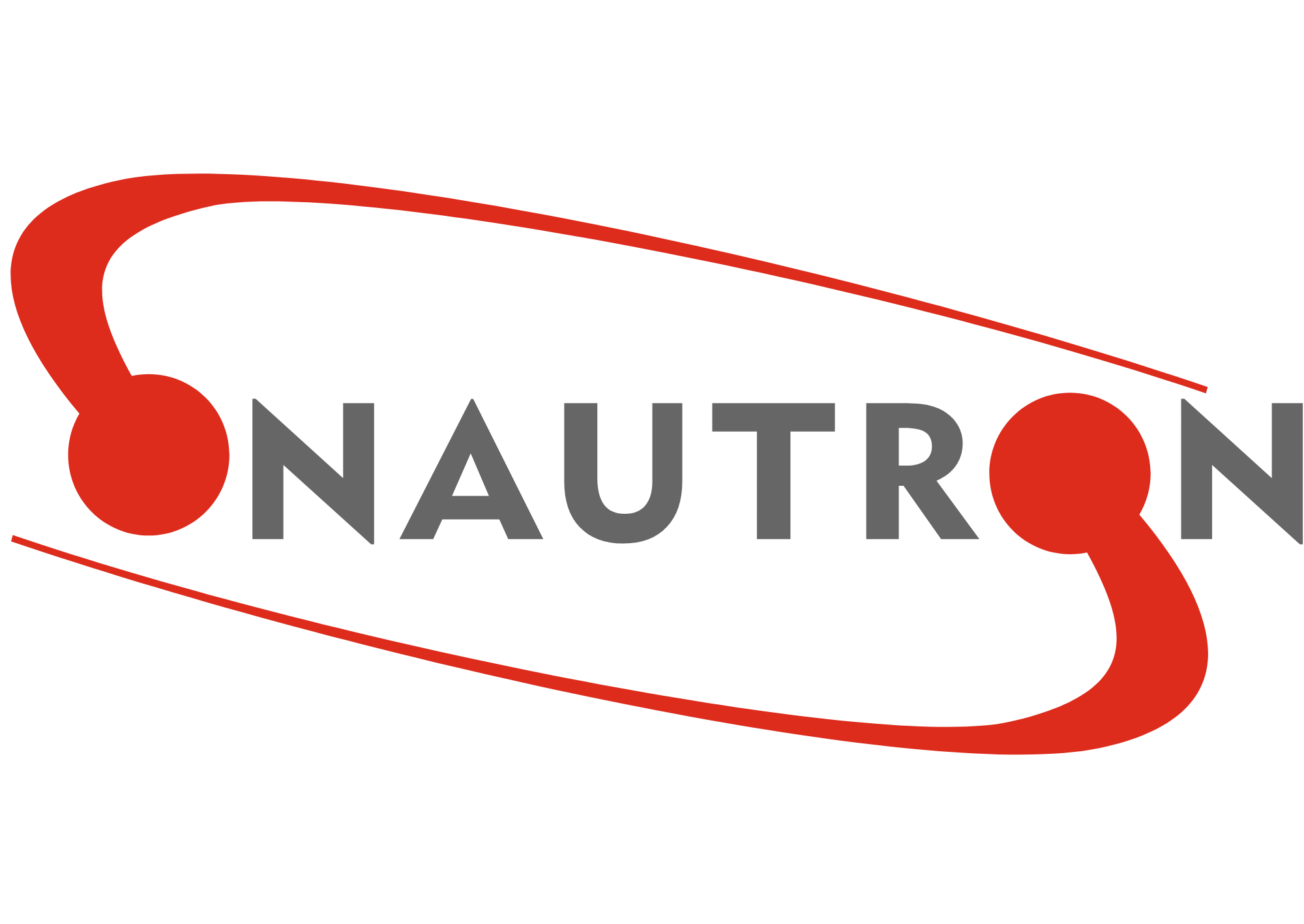All Services
- Tank Valve Remote Control System Services
- Alarm Monitoring & Tank Gauging Monitoring System Services
- Main Switchboard & Loadsharing Maintanence And Repair Service
- Engine & Aux Gen. Governor System Repair
- Alternator System Repair Services
- Automation and Electric Electronic Spare Part Support
- Automation Service
- Electronic Card Repair
- PLC Software and Hardware Support
- Deck Crane Automation Repair Service

Do you need support?
Introduction: The engine and auxiliary generator governor system is a vital component in ensuring the efficient and stable operation of generators and engines.
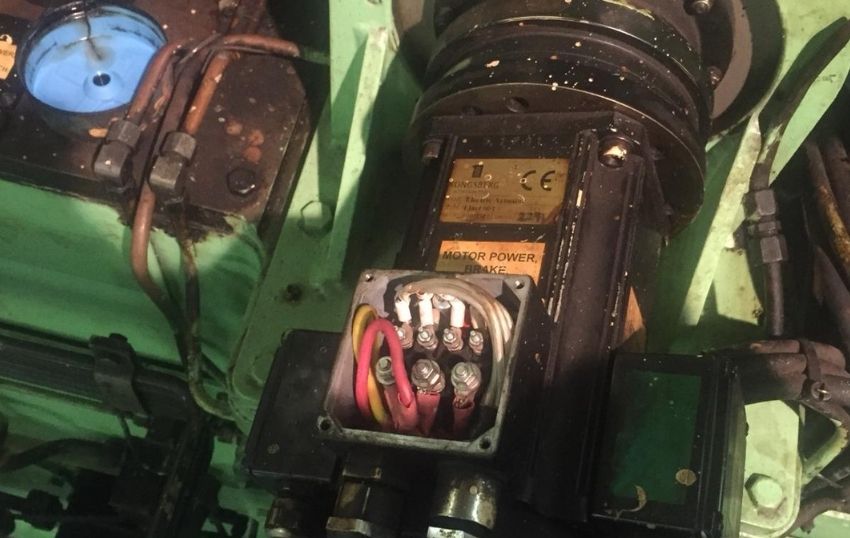
Understanding the Governor System: Before delving into repair procedures, it’s essential to grasp the fundamental principles of the governor system. Essentially, governors monitor and control engine speed by adjusting the fuel or air supply to maintain a predetermined setpoint. This ensures that the engine operates within safe limits while meeting the required performance criteria. In auxiliary generators, governors serve a similar function, regulating the output to match the demand for electricity.
Common Issues with Governor Systems: Governor systems can experience various problems over time, affecting their performance and reliability. Some common issues include erratic engine speed, overspeeding, underspeeding, or failure to respond to load changes. These issues may arise due to mechanical wear, sensor malfunctions, or electronic control module faults. Prompt identification and resolution of these issues are essential to prevent damage to the engine or generator and ensure efficient operation.
Diagnostic Procedures: Effective repair of governor system issues begins with thorough diagnostics to pinpoint the root cause of the problem. This may involve testing sensors, actuators, and control modules using specialized equipment and diagnostic tools. Technicians will analyze data such as engine speed, load variations, and control signals to identify abnormalities and develop a targeted repair strategy.
Repair and Calibration: Once the problem is identified, repair technicians will proceed with the necessary repairs or replacements. This may involve replacing faulty sensors, repairing damaged wiring, or recalibrating the control system parameters. In some cases, software updates or reprogramming may be necessary to ensure optimal performance and compatibility with the engine or generator.
Testing and Validation: After completing the repairs, thorough testing and validation are essential to verify the effectiveness of the repairs and ensure proper functionality of the governor system. This may involve running the engine or generator under load conditions while monitoring key parameters such as speed, fuel consumption, and response time. Any discrepancies or issues observed during testing will be addressed promptly to ensure the system operates reliably.
Preventive Maintenance and Monitoring: To prevent future issues and prolong the lifespan of the governor system, regular preventive maintenance is crucial. This includes periodic inspections, cleaning, lubrication, and calibration to keep the system in optimal condition. Additionally, implementing condition monitoring techniques such as vibration analysis and oil analysis can help detect potential problems early and prevent costly breakdowns.
Conclusion: The engine and auxiliary generator governor system is a critical component in ensuring the reliable and efficient operation of engines and generators. By addressing issues promptly through effective repair and maintenance practices, operators can minimize downtime, enhance performance, and prolong the lifespan of their equipment. Don’t hesitate to consult experienced professionals for assistance with diagnosing and repairing governor system issues to keep your operations running smoothly.
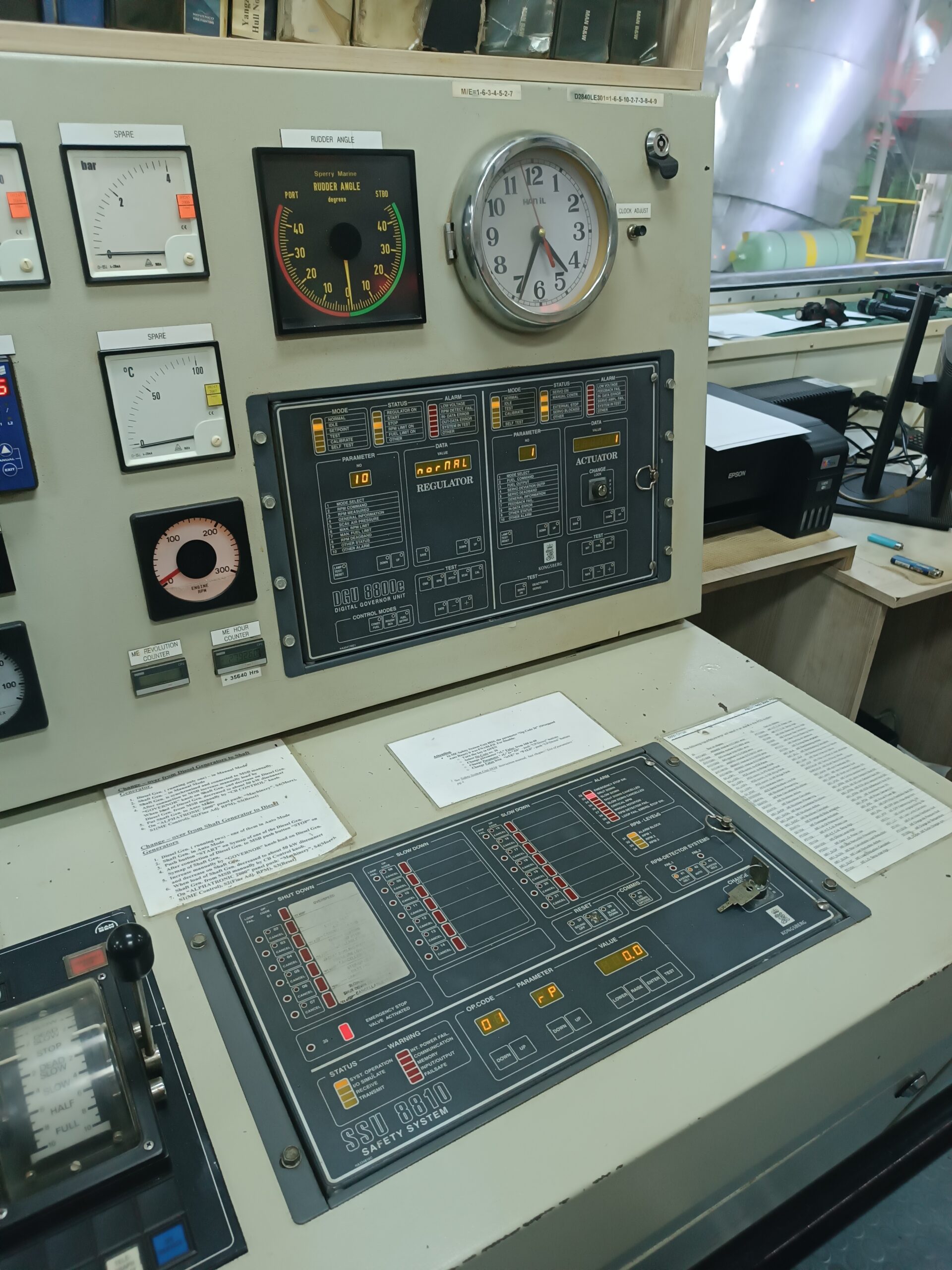
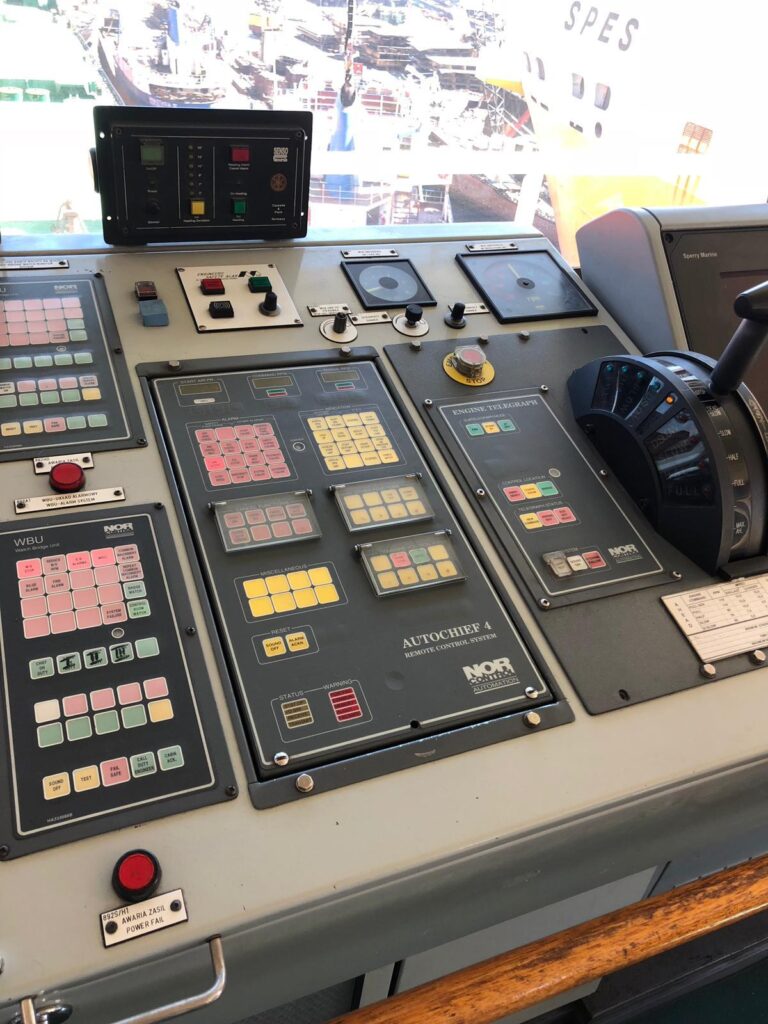
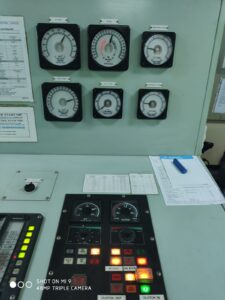
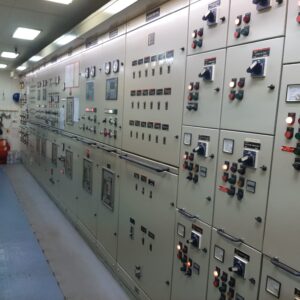

- Competitive rates
- Advanced technology
- 24/7 support
- Always on time
- Fast and realiable
- Safe packaging
